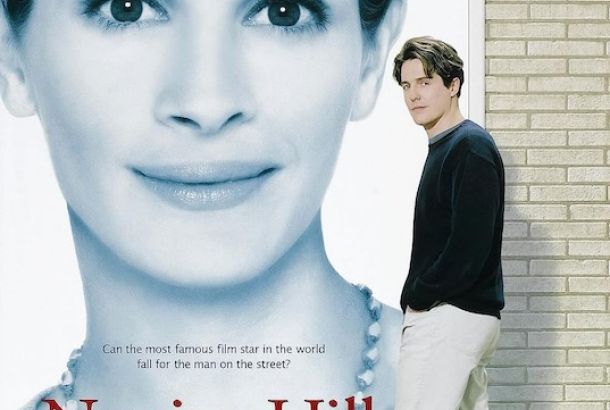Classic Review: Le Silence De La Mer
At the time of the French resistance, young Jean-Pierre Melville read Put Out The Light, the English translation of Le Silence De La Mer, and he knew right away that this was going to be his first film. The film was adapted from the novella of the same name written by Jean Bruller under the pseudonym Vercors in 1942. The book—due to its political nature—was published from an underground press. However, Melville was attracted to the book not only because of the strong resistance that it portrayed but also because of the anti-cinematic narration of the whole story. This anti-cinematic nature of the film comes from the narration of the whole story from a silent character—at least for most part of the story—who shows opposition by remaining silent.
The story revolves around three main characters who are linked to a German officer, who is billeted with an old man and his niece. The officer has a penchant for the French culture and art, and is a music composer. But despite the uncle and niece showing their defiance by remaining mute and not acknowledging his presence in the room, the officer tries to break the silence by opening his heart to them. He visits them in the living room every night to get some warmth from the fire place, and every night he tells them about his youth, his music and his deep love of the French culture.
The aesthetic of the film is mostly accomplished in just one room with a dining table and a fireplace, and even then the film doesn’t look small in any way, due to the nature of different cuts of the detailed body postures and manoeuvres by the officer. An exciting aspect of the direction is the way the room is filmed: despite being in one room the characters never cross each other’s path, they are in the same room, they share the same warmth from the fire place but they are away from each other emotionally. The room doesn’t look confined at all. The limited movement of the niece and a brilliant shot of her gazing into the absolute darkness shows her resilient nature and the isolation she feels while the officer is in the room.
The film would not have been made if Melville was not stubborn. Jean Bruller rejected every director because he didn’t wanted anyone to adapt the novella. Despite this, Melville kept asking again and again, and finally Bruller agreed but only if Melville showed the film to Bruller’s friends, who were resistance fighters, and only release the film if they agree to otherwise burn the print of the film.
Melville finally released the film in 1949 after fighting with the author, Centre National de la Cinematographie and the Ministry of Information and the conventional form of studio film making at that time.







